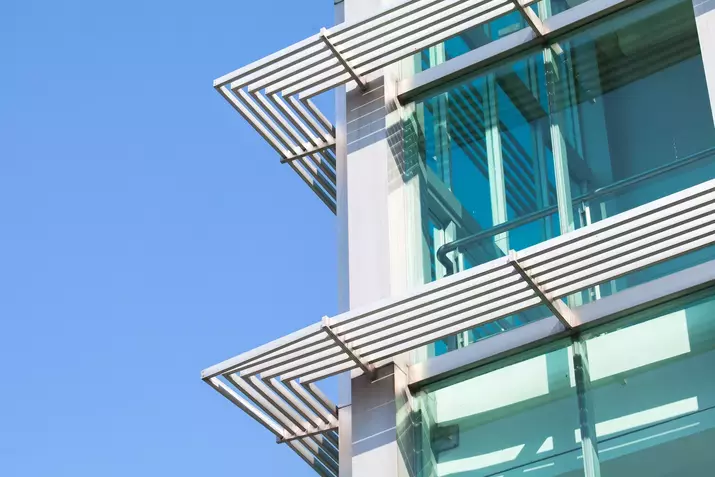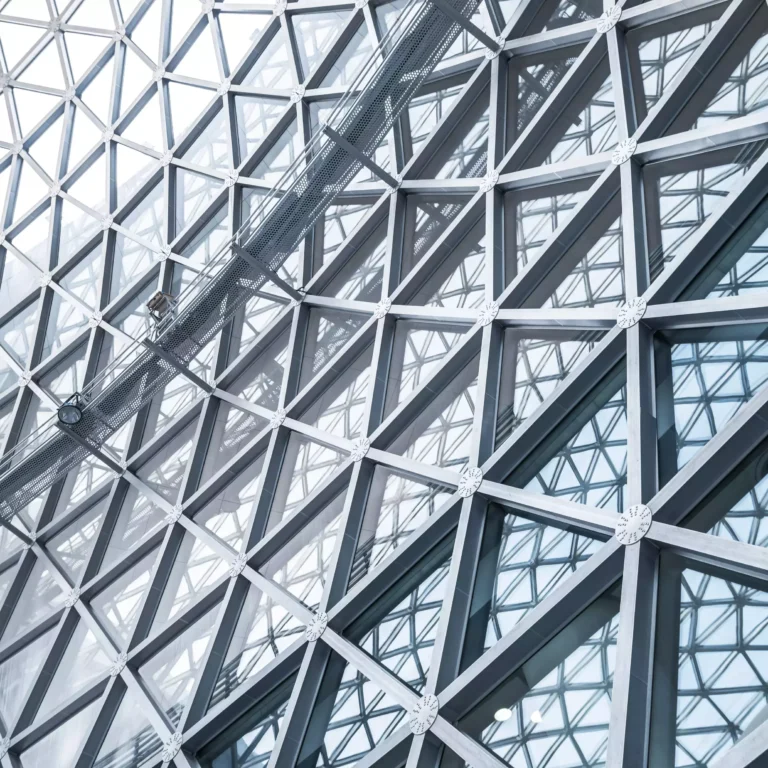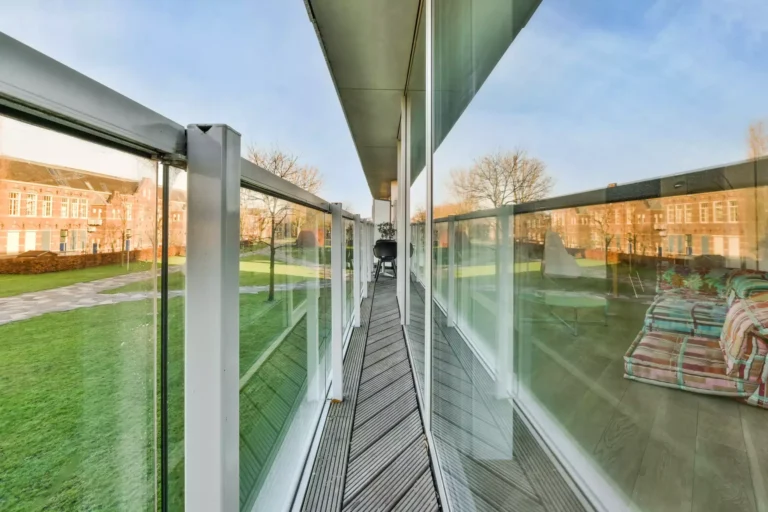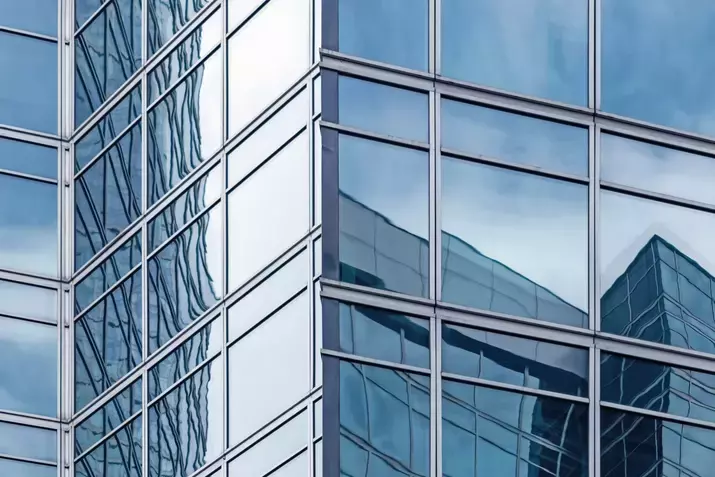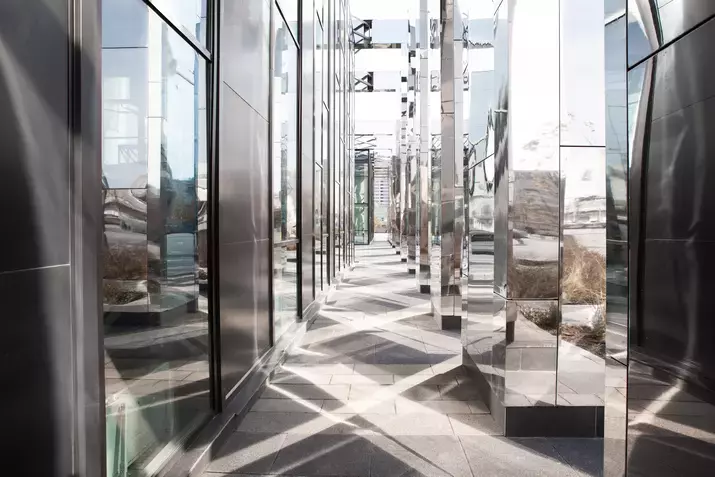The Elegance of Aluminium in Traditional Pakistani Architecture
Pakistan’s architecture tells stories of rich cultural heritage and ancient history, woven into the fabric of its cities and monuments. In traditional architecture, materials like wood, stone, and clay have dominated the scene for centuries, creating breathtaking structures that stand as a testament to skilled craftsmanship and the natural beauty of the materials themselves. However, as we venture into the modern era, a new player has elegantly positioned itself within traditional designs: aluminium.
Aluminium: A Modern Twist on Tradition
Aluminium doors and windows have become increasingly popular in Pakistan, finding their way into homes, offices, and even historical buildings. This rise in popularity isn’t just a trend but a thoughtful integration of modernity and tradition, offering solutions to contemporary challenges while respecting architectural heritage.
Why Aluminium?
Durability and Longevity: Unlike traditional materials that may weather and wear over time, aluminium offers remarkable durability. Its resistance to corrosion means it can withstand the diverse climates of Pakistan, from the humid shores of Karachi to the snowy peaks of Gilgit-Baltistan.
Low Maintenance: Aluminium frames require minimal upkeep compared to their wooden counterparts. They don’t warp or rot, making them ideal for Pakistan’s climatic conditions. A simple wipe down is often all that’s needed to keep them looking as good as new.
Energy Efficiency: Integrating aluminium doors and windows contributes to better insulation, a critical consideration in both Pakistan’s scorching summers and chilly winters. Aluminium’s ability to reduce heat gain and loss complements traditional architecture’s natural climate responsiveness.
Aesthetic Flexibility: Aluminium’s versatility makes it a perfect match for traditional Pakistani architecture. It can be molded into various shapes and finished in any color, giving architects and designers the freedom to create solutions that blend seamlessly with historical aesthetics or contrast beautifully for a more contemporary look.
Blending with Traditional Pakistani Architecture
The integration of aluminium into traditional architecture is not about replacement but enhancement. Here’s how aluminium is making its mark:
Visual Harmony: Modern aluminium frames are designed to match the intricate patterns and designs prominent in traditional Pakistani architecture. With customization options, they contribute to the aesthetics rather than detract from them.
Supporting Sustainability: Aluminium’s recyclability aligns with the sustainable nature of traditional architectural practices, which often utilized locally sourced materials. This nod to eco-friendliness ensures that new constructions pay homage to the ethos of the old.
Enhanced Functionality: Upgraded safety features, improved sound insulation, and enhanced weatherproofing are among the functional benefits that aluminium doors and windows bring to traditional structures. These enhancements allow historic buildings to serve contemporary needs without compromising their integrity.
Real-life Examples
Across Pakistan, from the bustling streets of Lahore to the tranquil valleys of Hunza, examples abound of traditional architecture adopting aluminium doors and windows with remarkable results. Historic homes, renovated with aluminium frames, retain their charm while functioning as comfortable, modern living spaces. Even in new constructions, architects are drawing inspiration from historic designs, creating buildings that feel both timeless and timely.
Conclusion
The marriage between aluminium and traditional Pakistani architecture is a testament to the resilience and adaptability of cultural heritage in the face of modern demands. For architects, interior designers, and glass manufacturers, this represents an exciting frontier—where innovation meets history, creating spaces that are both functional and profoundly beautiful.
In this pursuit of combining old and new, aluminium stands out as a material that respects tradition while boldly stepping into the future. Whether through the lens of sustainability, functionality, or aesthetic flexibility, it’s clear that aluminium doors and windows have carved a niche for themselves in the storied landscape of Pakistani architecture.
For those in the architecture and design fields, these developments offer a rich tapestry of inspiration and opportunity. The ability to innovate within the confines of tradition enriches our built environment, ensuring that Pakistan’s architectural heritage continues to thrive, evolve, and inspire.

